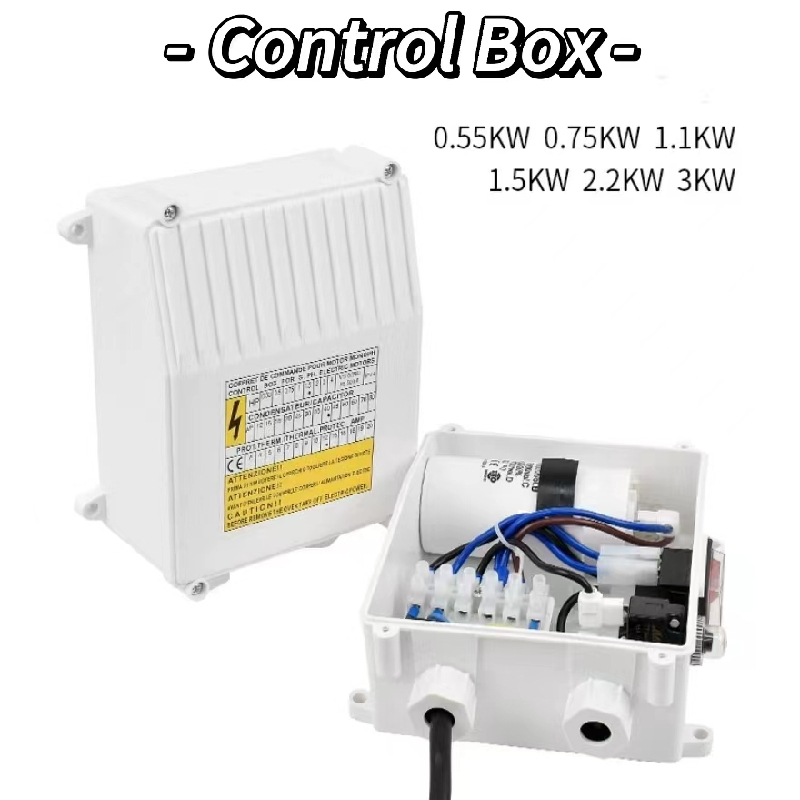Understanding Types of Intumescent Strips A Comprehensive Guide
Intumescent strips play a crucial role in passive fire protection systems, helping to ensure that buildings maintain their structural integrity in the event of a fire. These innovative materials expand significantly when exposed to high temperatures, creating an effective barrier against smoke and flames. This article explores the different types of intumescent strips, their applications, and their importance in fire safety.
What are Intumescent Strips?
Intumescent strips are specially formulated materials that expand more than 20 times their original size when subjected to heat. This expansion fills gaps around doors, windows, and other openings, preventing the passage of smoke and flames during a fire. These strips are used in various applications, including fire-rated doors, frames, and curtain wall systems. By forming a tight seal, intumescent strips help to compartmentalize fire, allowing for safer evacuation and reducing property damage.
Types of Intumescent Strips
There are several types of intumescent strips, each designed for specific applications and environments. Here, we outline the most common types
1. Solid Intumescent Strips Solid intumescent strips are comparatively thick and are often used in applications where significant expansion is required. These strips are durable and can endure mechanical impacts, making them suitable for heavy-duty doors in commercial buildings. Their robust design ensures effective sealing, even in high-traffic areas.
2. Reactive or Coated Intumescent Strips These strips feature a coating made of intumescent material, which activates at specific temperatures. Reactive strips are typically thinner than solid strips, making them ideal for situations with limited space. They can be integrated into various door settings, allowing them to expand and seal gaps effectively when exposed to heat.
3. Cord Intumescent Strips Cord intumescent strips are flexible and formed into a cord-like shape. They are often used in irregular spaces or areas with complex geometries. Their flexibility allows them to fit snugly into gaps, making them a versatile option for various fire door systems. Cord strips are particularly beneficial for retrofitting older buildings where there may be inconsistencies in door frames.
4. Tape Intumescent Strips Self-adhesive intumescent tape is one of the simplest options for fire door installation. This type of strip can be easily applied to door edges or surrounding frames without the need for additional adhesives or fasteners. It is particularly useful for DIY installations or for ensuring a quick and easy application in retrofit scenarios.
types of intumescent strips

5. Pre-formed Intumescent Strips These strips come pre-molded into specific shapes to fit into door frames or specific installations. They provide a tailored fit and require minimal cutting or modification on-site, thereby saving time during installation. Pre-formed strips are often used in new constructions where designs can accommodate such a solution.
Benefits of Intumescent Strips
Intumescent strips offer several benefits that make them indispensable in fire safety design
- Fire Resistance They provide significant resistance to fire and smoke infiltration, enhancing life safety within buildings.
- Versatility Available in multiple types, intumescent strips can be tailored to different fire-rated systems and building designs.
- Cost-Effectiveness Many intumescent products, including tapes, are designed for easy installation, reducing labor costs and the need for specialized installation teams.
- Regulatory Compliance Using intumescent strips can help meet various fire safety regulations and codes, providing assurance for building owners and occupants.
Conclusion
Understanding the different types of intumescent strips is critical for anyone involved in building design, fire safety, or construction. By selecting the appropriate type of intumescent strip for specific applications, building professionals can enhance fire protection measures significantly. As fire safety regulations evolve and the need for effective passive protection grows, intumescent strips remain an essential component of modern architectural design and safety protocols. Ensuring that these materials are utilized effectively can contribute immensely to protecting lives and property in the event of a fire.
-
XIANGFAN Rubber Tape-Ultimate Solutions for All Your Insulation NeedsNewsJun.24,2025
-
XIANGFAN Rubber Tape-Protection for Industrial and Residential ApplicationsNewsJun.24,2025
-
XIANGFAN Rubber Tape: Superior Safety and Sealing for Demanding EnvironmentsNewsJun.24,2025
-
XIANGFAN Rubber Tape: Reliable Solutions for Every Electrical ChallengeNewsJun.24,2025
-
XIANGFAN Electrical & Industrial Tape: Powering Reliability Across IndustriesNewsJun.24,2025
-
XIANGFAN Electrical & Industrial Tape: Excellence in Every ApplicationNewsJun.24,2025
